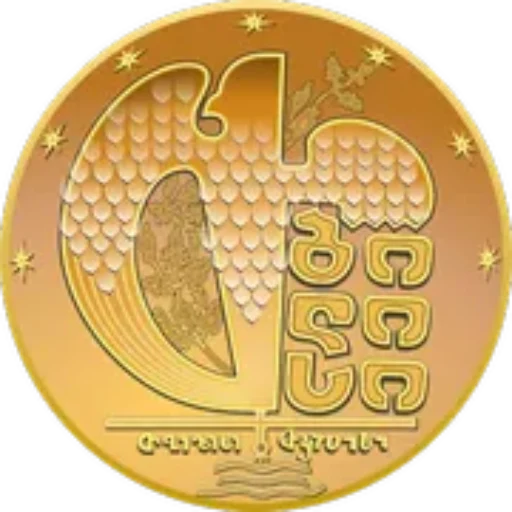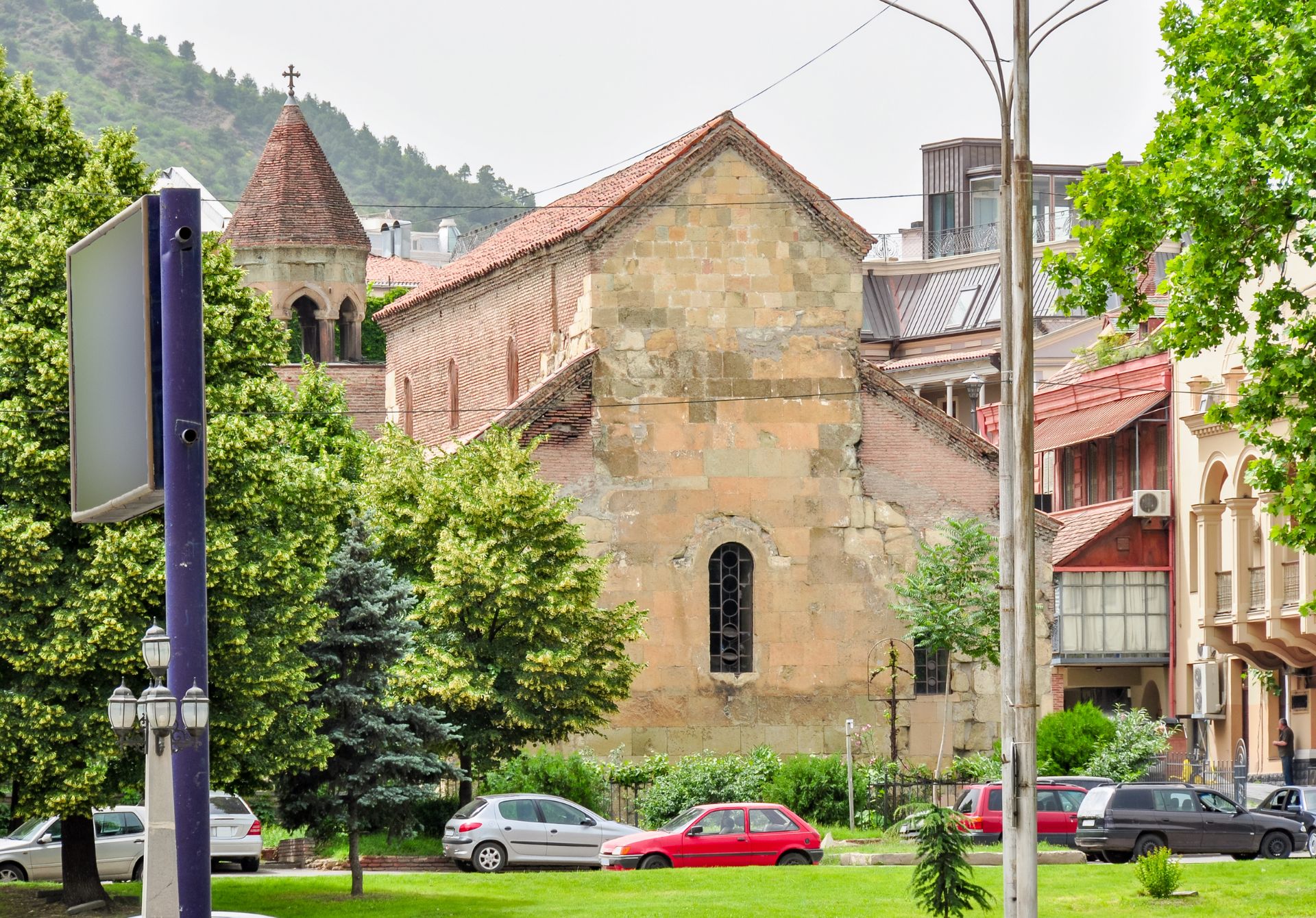Nestled in the heart of Tbilisi’s Old Town, the Anchiskhati Basilica stands as a silent witness to Georgia’s rich Christian history. As the oldest surviving church in the Georgian capital, this 6th-century monument has weathered invasions, earthquakes, and the passage of time, emerging as a symbol of resilience and faith.
Historical Significance
The Anchiskhati Basilica, originally known as the Church of St. Mary, was built in the 6th century during the reign of King Dachi of Iberia (circa 522-534). Its construction coincided with the golden age of Georgian church building, a period marked by the spread of Christianity throughout the region.
The basilica’s current name, “Anchiskhati,” which translates to “Icon of Ancha,” was bestowed upon it in the 17th century. This name change occurred when a precious icon of Christ, originally from the Ancha cathedral in Klarjeti (now part of Turkey), was brought to the church for safekeeping during the Ottoman invasion.
Architectural Features
The Anchiskhati Basilica exemplifies the classic Georgian basilica style, characterized by its elongated rectangular shape and three-nave structure. The central nave, higher than the side aisles, is separated by two arcades resting on columns. This architectural layout, common in early Christian churches, allowed for larger congregations and improved acoustics during services.
Despite numerous renovations and alterations over the centuries, the basilica has retained much of its original 6th-century structure. The church’s exterior is adorned with intricately carved stonework, a hallmark of Georgian ecclesiastical architecture. The western façade features a bell tower, added in the 17th century, which has become an iconic element of the church’s silhouette.
Artistic and Cultural Treasures
The interior of Anchiskhati Basilica houses a wealth of artistic and cultural treasures. Frescoes dating back to various periods adorn the walls, offering a visual journey through Georgia’s artistic evolution. While many of these frescoes have faded or been damaged over time, ongoing restoration efforts aim to preserve these invaluable pieces of history.
Perhaps the most renowned artifact associated with the church is the Anchiskhati icon itself. This 12th-century encaustic icon of Christ Pantocrator is considered one of the finest examples of Georgian religious art. Although the original icon is now housed in the Georgian National Museum for preservation, a replica remains in the church, continuing to inspire devotion among worshippers.
Role in Georgian Orthodox Christianity
Throughout its history, the Anchiskhati Basilica has played a crucial role in Georgian Orthodox Christianity. It has served not only as a place of worship but also as a center for theological education and cultural preservation. During periods of foreign occupation, the church became a bastion of Georgian identity, helping to maintain language, traditions, and faith.
In the 19th century, the basilica gained additional significance as a center for Georgian choral music. The Anchiskhati Choir, founded in 1885, became renowned for its preservation and performance of traditional Georgian polyphonic chants, many of which had been passed down orally for centuries.
Restoration and Preservation Efforts
The Anchiskhati Basilica has undergone several major restoration efforts throughout its history. In the 17th century, King Rostom of Kartli ordered a significant renovation, which included the addition of the bell tower. More recently, in the late 20th century, extensive work was carried out to stabilize the structure and restore its frescoes.
Today, ongoing conservation efforts focus on preserving the basilica’s architectural integrity while addressing the challenges posed by urban development and environmental factors. These efforts underscore the importance of the Anchiskhati Basilica not only as a religious site but also as a national treasure and tourist attraction.
The Anchiskhati Basilica stands as a remarkable testament to Georgia’s enduring Christian heritage. Its weathered stones tell a story of faith, resilience, and cultural continuity that spans nearly 1,500 years. As the oldest church in Tbilisi, it offers visitors and worshippers alike a tangible connection to the country’s rich past.
From its architectural significance as an exemplar of early Georgian church design to its role in preserving religious art and music, the Anchiskhati Basilica embodies the intertwining of faith, culture, and national identity that characterizes much of Georgian history. As it continues to serve as an active place of worship and a popular tourist destination, the basilica remains a living link between Georgia’s ancient Christian roots and its vibrant present.
In an ever-changing world, the Anchiskhati Basilica stands as a reminder of the enduring power of faith and the importance of preserving cultural heritage. It invites us to reflect on the long arc of history and the lasting impact of those who came before us, inspiring future generations to cherish and protect the invaluable legacies of the past.

